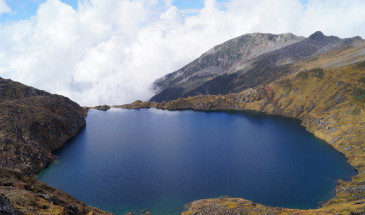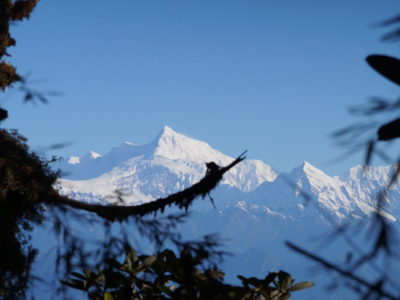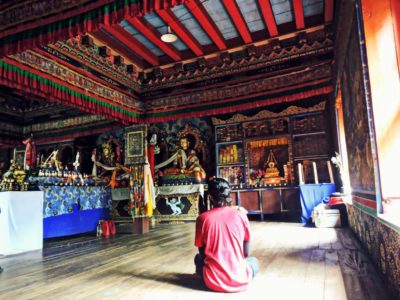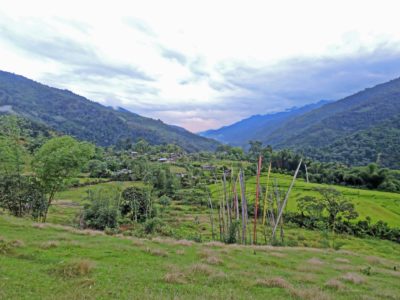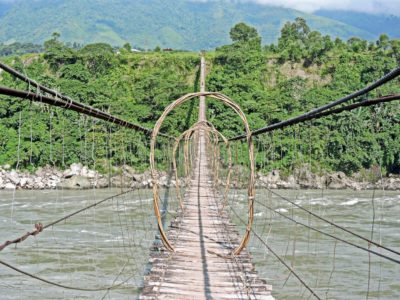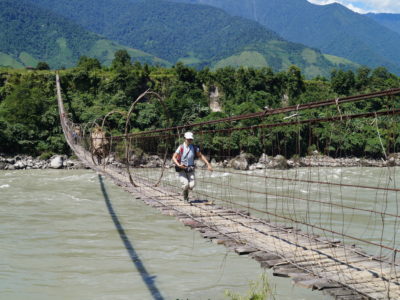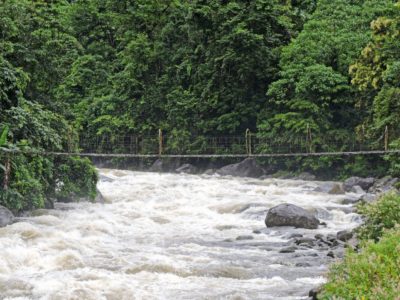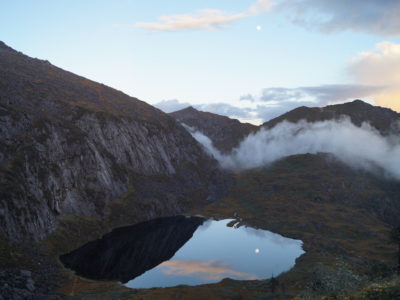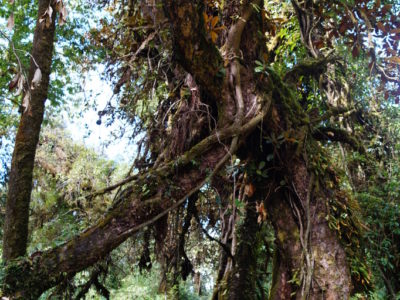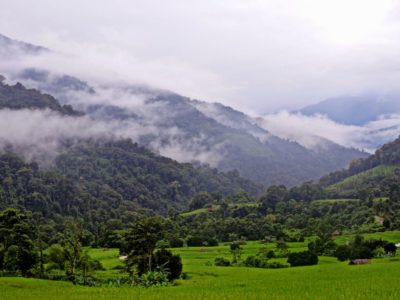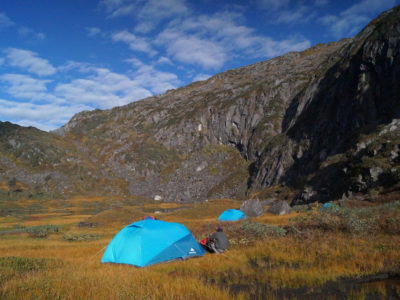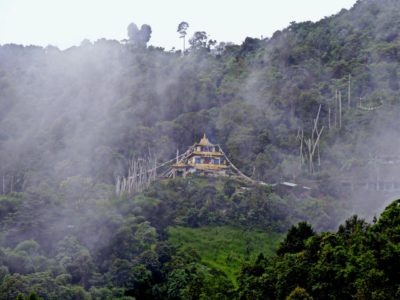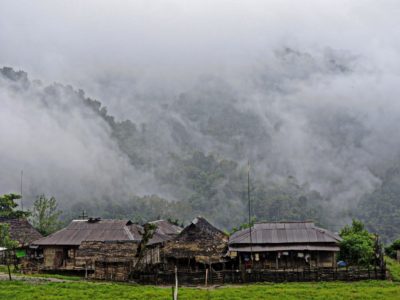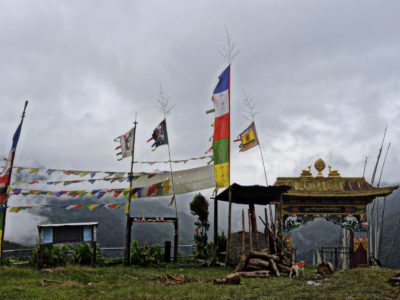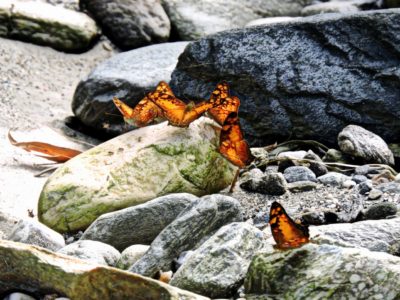Beyul Pemako Trekking
- Overview
- Itinerary
- Map
- Pictures
For nearly 2000 years, the notion of an earthly paradise or Shangri La hidden among the peaks of Asia has captivated the human imagination. Western explorers combed the region in search of this hidden land of bliss and nectar described in ancient Buddhist texts as the Pemako or the Lotus land. According to Buddhist tradition Pemako is one of the 16 earthly paradises, a promised land free of worry, the ultimate hidden haven. The place is where, it is prophesied that the seed of humanity will thrive at the end of the world in famine and calamities.
The Pemako is consecrated to the female divinity of Dorje Phagmo and its sacred geography is mapped to the body of this sleeping Goddess. Her head is the Kangri Kangpo, her two breasts is Namche Barwa and Gyala Peri respectively. The lower part of her body lies in Yangsang or the innermost pemako which is the upper Siang region of Arunachal Pradesh. In the confluence of Siang (Tsangpo) and Yangsang is the sacred triangle Kila Yangzom the vulva of Goddess Dorje Phagmo. This supreme of sacred lands is now open to the world to discover and marvel. Every year pilgrims traverse the area on Kora (circumbulation). Covering the sacred Devakota, the gathering place of Dakinis, the holy Titapori Mountain, Pemashree and Riu Tala (Eko Dumbing for Adis).
In the beginning of the 20th century, many Khampas from Tibet made the long, arduous trek to Pemako in quest of succour and refuge. They are one of the major inhabitants of the region, along The Adis, Mishmis who were the original inhabitants here. The region is a melting pot of different tribal cultures, where all the tribes exist in complete harmony among themselves and the nature. Walking through pemako one can see Adi, Memba, khampa and Mishmi villages with their distinctive culture, faith and lifestyle.
After an arduous trekking, you will reach the sacred Titapori Mountain at 4 300 m. The landscape here forms a fully opened lotus. In the lake of Danakosha there is the Citta Island, ‘the heart of the world’. According to ancient pemako guide book; upon merely seeing this place ones obscuration of knowledge will be cleared and negative Karma accumulated over a thousand eons will be purified. From here one have breathtaking view of the majestic Himalaya range with Namche Barwa peak and Kondu Dosem Potrang the mythical palace of Dorje Sempa in the north, the Pemashree and the Eko Dumbing or Riu Tala of the Abroka range towards west and south respectively. It is a treasure trove of flora and fauna with all kinds of medicinal and aromatic plants and rare flowers. It is also a Rhododendron fairyland. 44 new species was discovered here in 2005. Wildlife: Goral, Takin, Musk deer, Snow leopard, Tiger.
The Adi hunters come to the high mountains in an annual expedition to collect aconite poison and offer their prayer and homage to the Deities of the mountain.
No details found.
